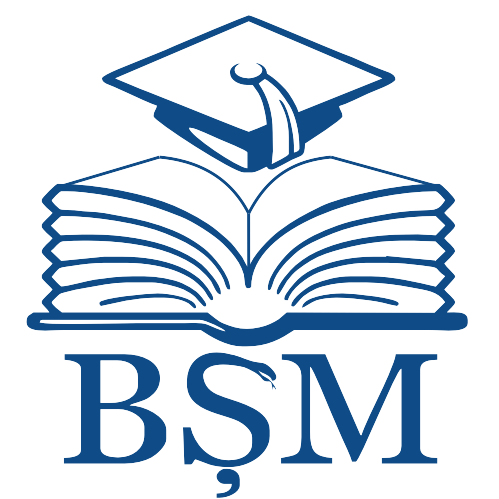| DC Field | Value | Language |
|---|
| dc.contributor.author | Shaji, Shajahan Beneem | |
| dc.date.accessioned | 2020-11-25T11:31:07Z | |
| dc.date.available | 2020-11-25T11:31:07Z | |
| dc.date.issued | 2020-10 | |
| dc.identifier.uri | https://stiinta.usmf.md/ro/manifestari-stiintifice/zilele-universitatii | |
| dc.identifier.uri | https://repository.usmf.md/handle/20.500.12710/13265 | |
| dc.description | Department of Medical Emergencies, State University of Medicine and Pharmacy "Nicolae Testemitanu", Chișinău, Republic of Moldova, Congresul consacrat aniversării a 75-a de la fondarea Universității de Stat de Medicină și Farmacie „Nicolae Testemițanu” din Republica Moldova, Ziua internațională a științei pentru pace și dezvoltare | en_US |
| dc.description.abstract | Introduction:
Mushroom poisoning occurs due o the deadly effects of various toxins
that are found in certain types of mushrooms. Approximately 5000
species of wild mushroom are reported worldwide, of which 100 are
documented as poisonous and <10 are
fatal.
Purpose:
To determine the magnitude of mushroom poisoning in children and
correlation by patients attending mushroom poisoning.
Material and methods:
Methods An exclusive research has been performed out of many exclusive
scientific studies recently published by 2019 with discussions on effective
treatment of mushroom poisoning.
Results:
The most frequently reported symptoms were vomiting (100%), diarrhoea
(100%) with signs of moderate to severe dehydration and abdominal pain. In
some cases hepatic involvement was noted, some of them developed hepatic
encephalopathy. Specific Investigations to monitor changes in symptoms include
total bilirubin level, Prothrombin time, Blood urea, Serum Creatinine, Liver
function test and Renal function test. In addition to maintenance of fluid and
electrolyte balance and treating sepsis, oral silymarin (76%) and intravenous
penicillin (83%) was started.
Conclusions:
This study shows the relevance of mushroom poisoning treatment and
the importance of starting timely management. It is necessary to
consider Mushroom poisoning in the differential diagnosis in patients
presenting with food poisoning. | en_US |
| dc.language.iso | en | en_US |
| dc.publisher | Universitatea de Stat de Medicină şi Farmacie "Nicolae Testemiţanu" din Republica Moldova | en_US |
| dc.subject | mushroom poisoning | en_US |
| dc.subject | silymarin | en_US |
| dc.subject | late onset symptoms | en_US |
| dc.subject | penicillin | en_US |
| dc.title | Intoxication with mushroom poisoning in children | en_US |
| dc.type | Other | en_US |
| Appears in Collections: | Culegere de postere
|


